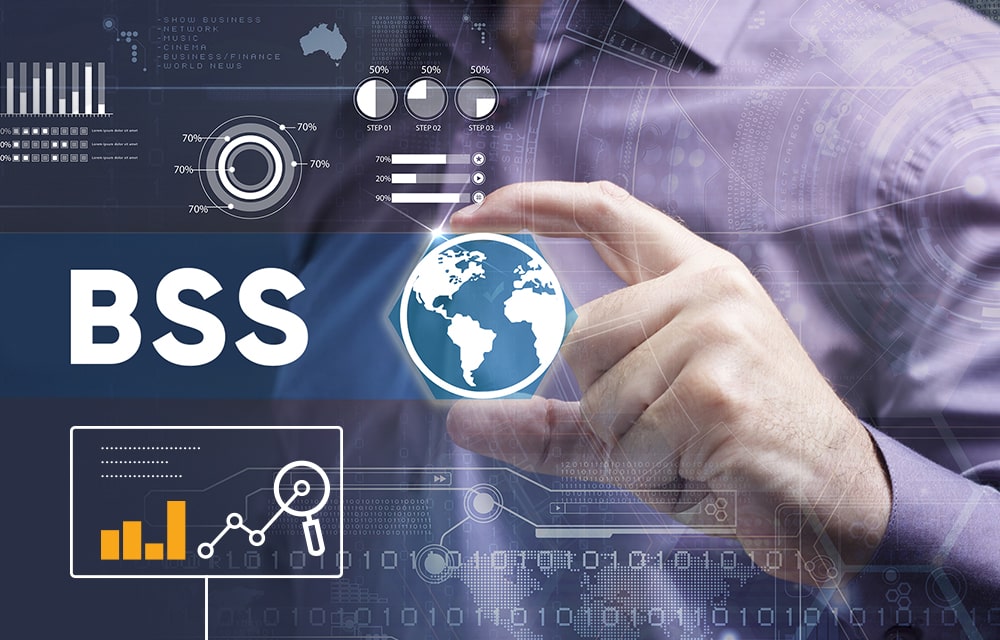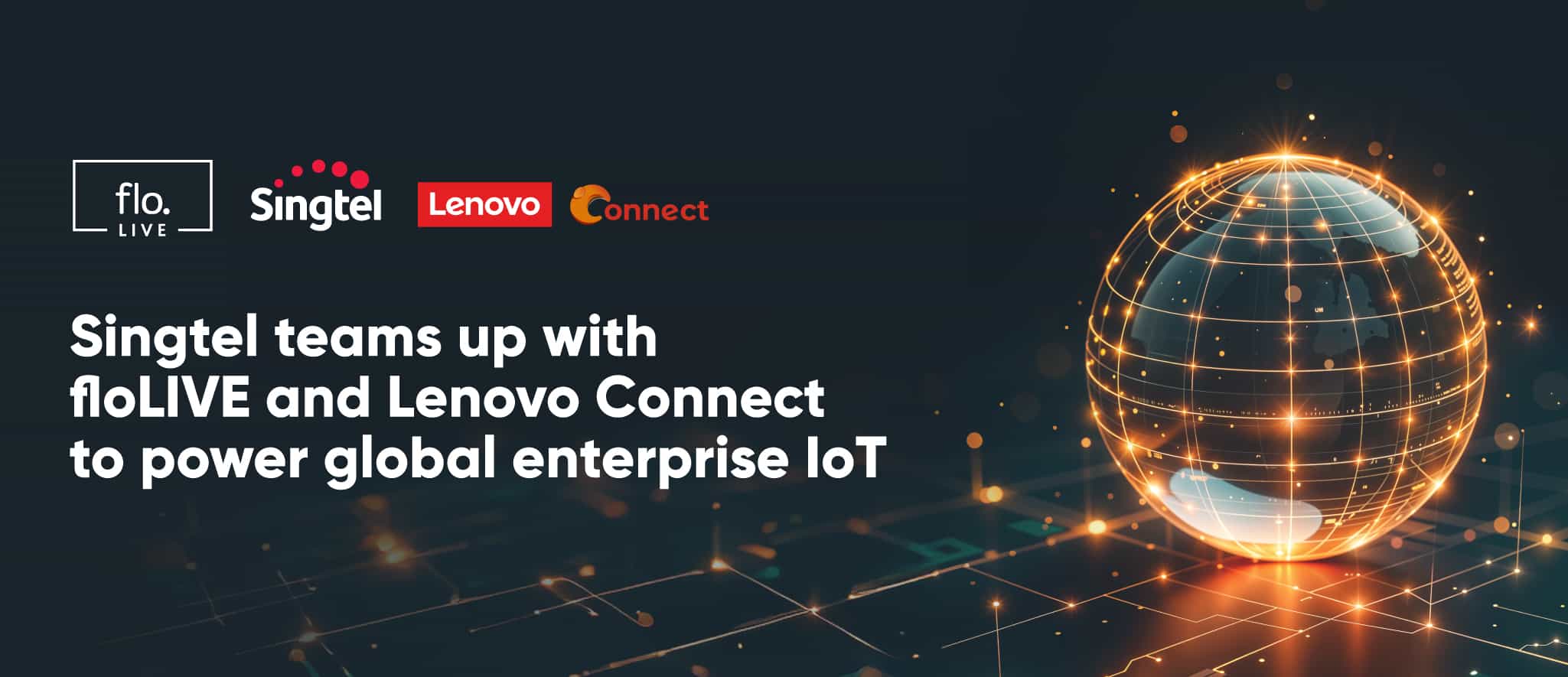If you’re a mobile operator looking to extend your value-added services with the help of IoT connectivity, you’re going to want a BSS that shortens your time to market, uses Business Process Automation, provides flexibility to several tiers of customers, and can handle the complexity of new business models that are IoT-specific. Here are the five must-haves.

Built for IoT Business Models
IoT business models need an IoT-specific BSS. This means thinking backwards. What functionality will I need to serve not just IoT customers, but their customers in turn? How can I ensure that the cost is truly competitive so that I’m not held back with what I can offer as value-adds?
Once you know what you need, then you’re best placed to look for a BSS that includes that functionality. Here’s where legacy changes are best avoided. IoT is going to be a fast-paced technology that allows for agile, flexible service models that meet new and emerging business strategies. It needs to be based on the cloud, the only platform that can handle this speed and agility in an affordable way.
Top tip: A modular BSS should help you to pick and choose what building blocks you need, adding customization as necessary.
On the cloud, a BSS can grow at the same time as your business, allowing you to add new customers and hierarchies slowly, only paying for what you use, without pouring zeroes into your efforts until you can see it’s paying off. Starting small doesn’t mean starting with poor performance, as your availability and speed is based on cloud proportions from the earliest stages.
Customer Relationship Management as Standard
What does a CRM built for IoT mean, in practice? Here’s what you should look out for:
-
Built for IoT scale: An existing BSS might be used to each user having one device, or perhaps two – a mobile phone for home and work, or a mobile and a tablet device. IoT deployments can scale to hundreds of thousands of devices, and each customer could be signed up to IoT plans for multiple services.
-
Built for IoT behavior: IoT devices have their own methods of communication and will need an entirely different set up for maintenance and support. If your CRM can’t handle more than one device per customer record for example or balks at a multi-hierarchy environment where you can bill your customer, and they can invoice their own users in turn, it simply can’t handle IoT.
Real-time Visibility
Any mobile phone user expects to be able to check their bill at any time, and see how much of their minutes or data they have used, even if it’s 28 days away from the next physical invoice. Think about this benefit on a B2B scale. With real-time insight into actual data usage, your business customer can check any device or IoT project for unusual behavior such as spikes or dips in performance, mitigating the problem before the end-user ever notices an issue, or blocking a service where costs are rising too fast while they decide on a solution or an alternative.
With a strong BSS built on cloud technology best practices, these notifications can be customized to any degree. You can set up a pool of data for shared device usage, alert the right staff to a cap being reached, or enable specific notifications for a kind of device, a type of customer or per location, studying trends over time as well as in the moment.
Advanced Billing and Rating Capabilities
Inside your BSS making all the cogs turn, should be an advanced engine for billing and rating. This will add and manage additional services like extra data allowances, maintenance and check-ups, other connected services and even package pricing. Being able to do this on multiple levels is essential, allowing your customer to handle their invoicing from within your BSS, and then again for the next layer of users and beyond, with what we call Bill on Behalf of (BoBo). Of course, a single invoice is a huge differentiator, handling multiple currencies, tax, compliance laws, and services from one monthly read.
With IoT being such an emerging technology, and 5G deployments just finding their feet, we also don’t know what the next big use case will be for IoT. It could be spun up from any industry or vertical, and your connectivity management solution needs to be ready, from the outset. That’s why we love to see billing systems that come with pre-configured templates, able to be simply customized with the help of a no-code drag and drop interface. This empowers any business user to create a new use case, and get it running and paying off with industry-leading time to market.
Self Management
Here’s an interesting experiment. Let’s say you want to make a change to your BSS, right now. How dependent are you, and to whom, in order to make it happen?
Usually, mobile operators have at least two layers of dependency. Firstly, internally to their own IT and development teams, who need to take responsibility for new features, business models, or even adding customers and fixing errors. Secondly, to connectivity or BSS providers that work on their own schedule and need turning to when problems escalate or you want to onboard something unique. Then, when they sell services to their own customers, they need to be available for support and maintenance for this customer, in turn.
We say, let’s call the whole thing off. Instead, shift the process to self-management, not just for you, but for your customers too. Here’s how it works.
We utilize codeless development, so that any staff member can get the job at hand done, without the need to pick up the phone to the development team. In turn, the development branch of the company is freed up to work on new projects, without being called away to fix every little issue or make the smallest of changes. We then allow you to hand over that freedom to your own customers, whether that’s a reseller, a channel partner or otherwise. This empowers them to do more in less time, utilizing our templates that can be customized for specific business needs, or integrating with third party APIs to their heart’s content.
Sounds simple? We promise, it is. Let’s add your own unique business context to the conversation. Get in touch here.










